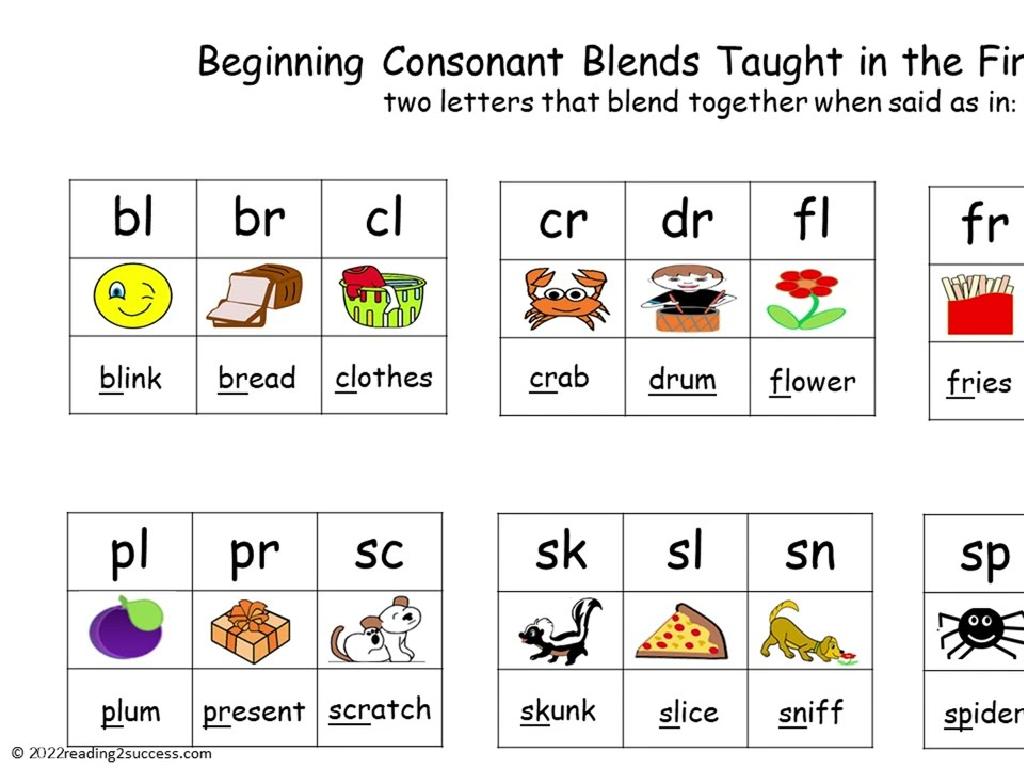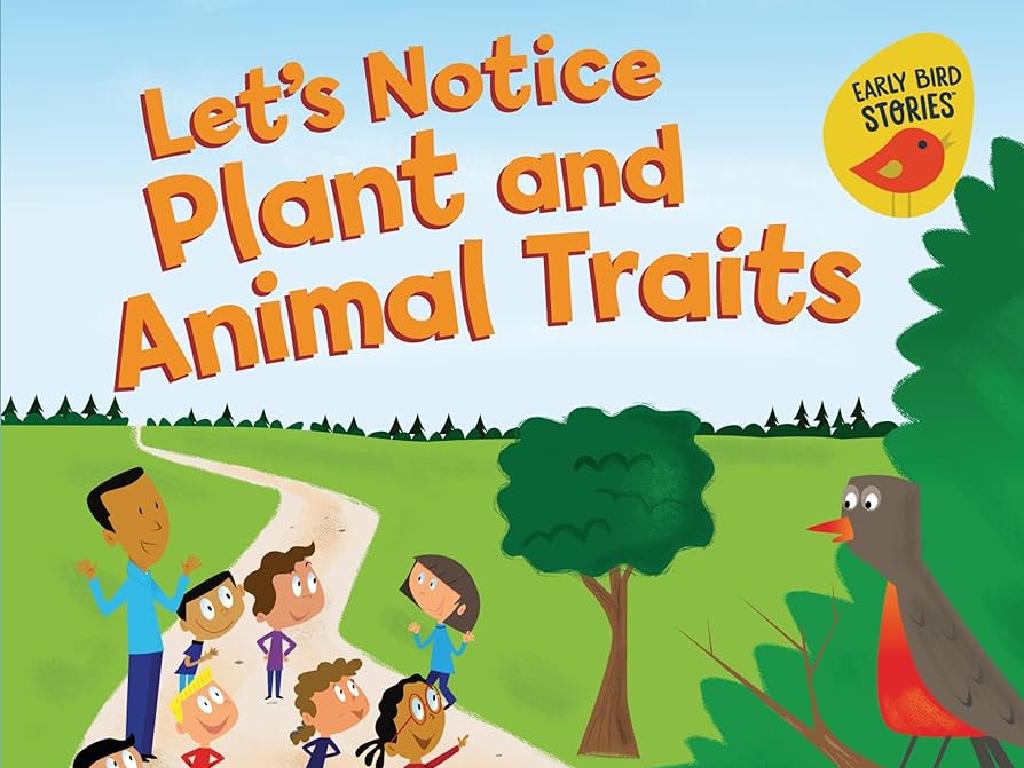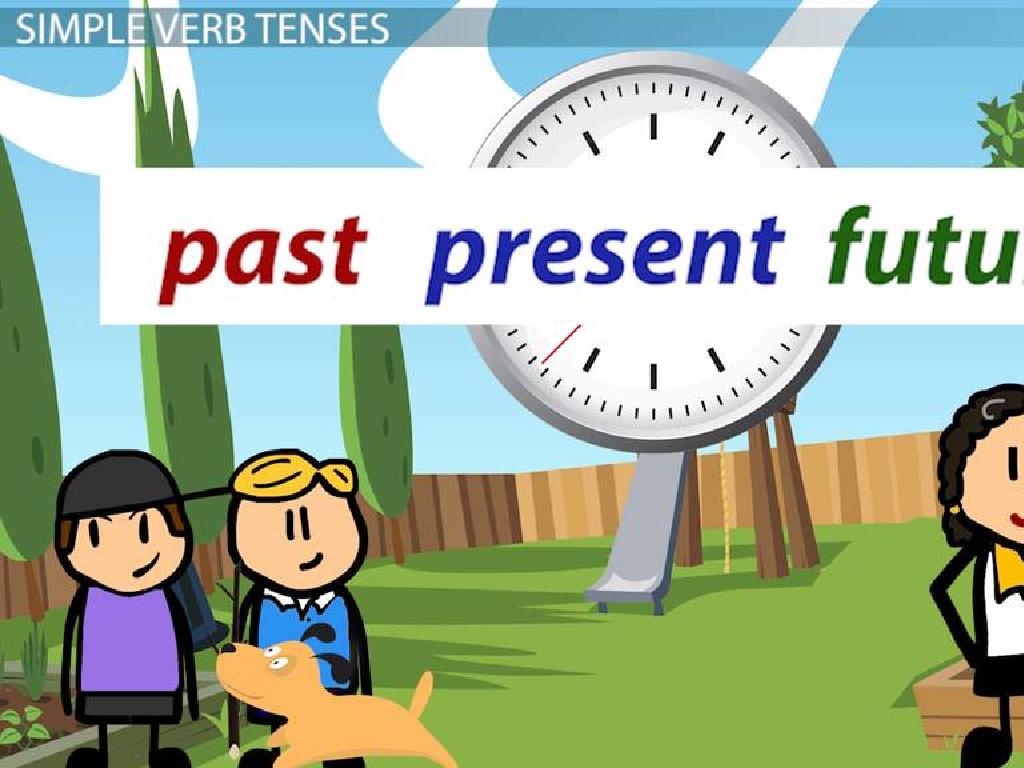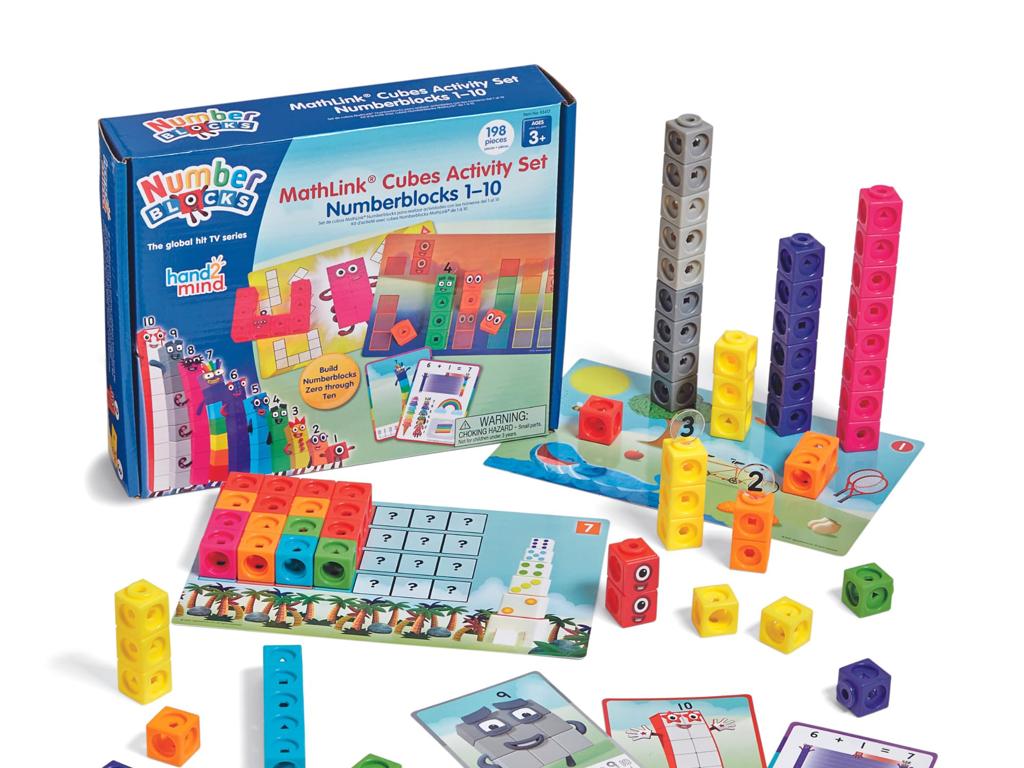Order Topics From Broadest To Narrowest
Subject: Language arts
Grade: Seventh grade
Topic: Expository Writing
Please LOG IN to download the presentation. Access is available to registered users only.
View More Content
Expository Writing: Organizing Ideas
– Grasp expository writing
– Expository writing explains a topic logically and straightforwardly.
– Focus: Topic organization
– Learn to arrange topics starting with the general idea down to specific details.
– Significance of structure
– A clear structure helps readers follow and understand the writer’s point.
– Structuring from broad to narrow
– Begin with a broad subject, then narrow down to focused aspects.
|
This slide introduces students to the concept of expository writing, emphasizing the importance of organizing information from the broadest to the narrowest topics. Explain that expository writing is used to inform or explain a subject without the writer’s opinion. Highlight that a well-structured essay helps guide the reader through the text, making the content more accessible and understandable. Teach students how to start with a general topic and gradually narrow down to more specific points, which is a critical skill in writing clear and effective expository essays. Use examples to illustrate how broad subjects can be broken down into narrower topics.
Exploring Expository Writing
– Define Expository Writing
– Clear, factual writing explaining a topic
– Examine Expository Texts
– Articles, textbooks, manuals, reports
– Understand Writing Purposes
– To inform, explain, or describe subjects
– Organize Topics Broad to Narrow
– Start with a general idea, then specify
|
Expository writing is a key component of educational curricula, aimed at explaining or describing a topic in a clear, straightforward manner. This slide introduces students to the concept, providing a definition and examples of expository texts such as articles and textbooks. Emphasize the purpose of expository writing, which is to inform or explain, and discuss how to effectively organize writing by starting with broad topics and narrowing down to more specific ones. Encourage students to think of broad subjects they’re interested in and how they could narrow these topics down for an expository essay.
Organizing Ideas: From Broad to Narrow
– Meaning of ‘Broadest to Narrowest’
– Starting with general ideas and moving to specific details
– The ‘Topic Funnel’ Method
– Visualize narrowing down topics like a funnel: wide to narrow
– Why Logical Flow Matters
– Ensures readers follow the argument easily
– Crafting Structured Essays
– Use this order to write clear and focused essays
|
This slide introduces students to the concept of organizing their writing by starting with broad ideas and gradually narrowing down to more specific points, much like a funnel. It’s crucial for maintaining a logical flow in their essays, which helps readers understand and follow the writer’s argument. Encourage students to think of the ‘Topic Funnel’ as a tool to structure their thoughts and writing. Provide examples of broad topics narrowing down to specific details, and explain how this method contributes to a well-organized essay. Instruct students to practice this technique by picking a broad subject and listing subtopics in a narrowing order.
Organizing Expository Writing: From Broad to Narrow
– Understanding broad topics
– Broad topics cover a wide range, like ‘Technology’
– Reasons to start broad
– Starting broad gives context and helps focus research
– Narrowing down topics
– From ‘Technology’, narrow down to ‘Technology in Education’
– Example: ‘Technology in Education’
– Explore how tech enhances learning, e.g., tablets in classrooms
|
This slide introduces the concept of organizing expository writing by starting with broad topics before narrowing down to more specific ones. Broad topics provide a general overview and allow students to explore a wide range of ideas before honing in on a particular aspect. Emphasize the importance of beginning with a broad scope to gather a variety of information and perspectives. Use ‘Technology in Education’ as a concrete example to illustrate the process of narrowing down a topic. Discuss how starting with the general concept of technology can lead to a focused examination of its role in educational settings. Encourage students to think of other broad topics and how they might narrow them down for their writing.
Narrowing Down Topics in Expository Writing
– Steps to narrow down a topic
– Start broad, then get more specific by focusing on aspects or subtopics
– Key questions for topic refinement
– What interests you? What can you find good research on? What’s too broad or too narrow?
– Example: From broad to specific
– ‘Technology in Education’ narrows down to ‘Tablets in Middle School Classrooms’
– Practice with ‘Technology in Education’
– How can tablets impact learning in middle school? What are the pros and cons?
|
This slide aims to teach students the process of refining a broad topic into a more focused subject suitable for expository writing. Begin by explaining the importance of starting with a general idea and then zooming in on a more specific aspect. Encourage students to ask themselves questions about their interests, the availability of research material, and the scope of their topic to ensure it’s neither too broad nor too narrow. Use the example of ‘Technology in Education’ to show how a general topic can be narrowed down to ‘Tablets in Middle School Classrooms’, which is more manageable and specific. Have students practice this skill by considering the impacts of tablets on middle school education, discussing potential benefits and drawbacks, and how this narrower topic can provide a clear focus for their writing.
Understanding Narrow Topics in Expository Writing
– What defines a narrow topic?
– A narrow topic is focused, detailed, and specific.
– Specificity in narrow topics
– Specificity means being precise about what you’re discussing.
– Example: Tablets’ impact on reading
– ‘Impact of Tablets on Seventh Grade Reading Comprehension’ shows a specific aspect of technology in education.
– Benefits of narrow topics
– They allow for in-depth exploration and clear, concise writing.
|
This slide aims to help students understand the concept of narrow topics within expository writing. A narrow topic is one that is very specific and focused, allowing the writer to delve deeply into one particular aspect of a broader subject. For example, instead of writing about technology in schools, a narrow topic would hone in on the ‘Impact of Tablets on Seventh Grade Reading Comprehension.’ This specificity enables a more thorough exploration and understanding of the subject matter. Encourage students to think of a broad topic and then narrow it down by asking specific questions about it. Discuss the benefits of narrow topics, such as clarity and depth, which are essential for effective expository writing.
Creating Your Topic Hierarchy
– Start with a broad topic
– Think of a general subject you’re interested in
– List potential narrower topics
– Brainstorm subtopics within the broad topic
– Choose the most specific topic
– Select a topic that is focused and detailed
– Understand topic relevance
– Ensure the narrow topic relates to the main idea
|
This slide is aimed at guiding students through the process of narrowing down a topic for expository writing. Begin by identifying a broad topic of interest, which could be a wide-ranging subject like ‘environment’ or ‘technology’. Then, list out possible narrower topics that fall under the broad category, such as ‘recycling’ or ‘social media’. From this list, select the narrowest, most specific topic that can be thoroughly explored in the expository piece, like ‘the impact of recycling on ocean life’ or ‘the effects of social media on teen communication skills’. It’s crucial that the narrow topic remains relevant to the broad topic and allows for in-depth exploration and explanation.
Class Activity: Organize Your Topics!
– Select a broad interest topic
– Brainstorm narrower topics within
– List your topics from broad to narrow
– Start with the general subject and move to specific aspects
– Prepare to present your hierarchy
– Share your thought process and reasoning
|
This activity is designed to help students understand the concept of organizing information from the broadest to the narrowest scope, which is a key skill in expository writing. Students should start by choosing a broad topic that interests them, such as ‘Technology’ or ‘Sports’. Then, they should brainstorm and write down more specific topics within that broad category, such as ‘Smartphones’ under ‘Technology’ or ‘Soccer’ under ‘Sports’. Next, they should organize these topics in a hierarchy from the broadest to the most specific. Finally, students will present their topic hierarchy to the class, explaining their thought process and the connections between the topics. For the teacher: Prepare to facilitate the brainstorming session, provide guidance on creating a logical flow of topics, and encourage students to think critically about how to narrow down their topics. Offer examples if needed and ensure each student is ready to present their ideas.
Conclusion & Organizing Topics in Expository Writing
– Recap of topic organization
– Significance in expository writing
– Organizing from broad to specific helps clarity
– Homework: Write an expository paragraph
– Choose a topic and apply the hierarchy method
– Use the topic hierarchy method
– Broad topic first, then narrow down to specifics
|
Today’s lesson focused on how to effectively organize topics in expository writing from the broadest to the narrowest. This structure is crucial for clear and logical writing, as it guides the reader through the information in a systematic way. For homework, students are to write a short expository paragraph on a topic of their choice, using the topic hierarchy method. They should start with a broad subject and then narrow it down to more specific points. This exercise will help reinforce today’s lesson and give students practical experience in organizing their writing. Encourage creativity and remind them to use clear topic sentences for each level of their hierarchy.






